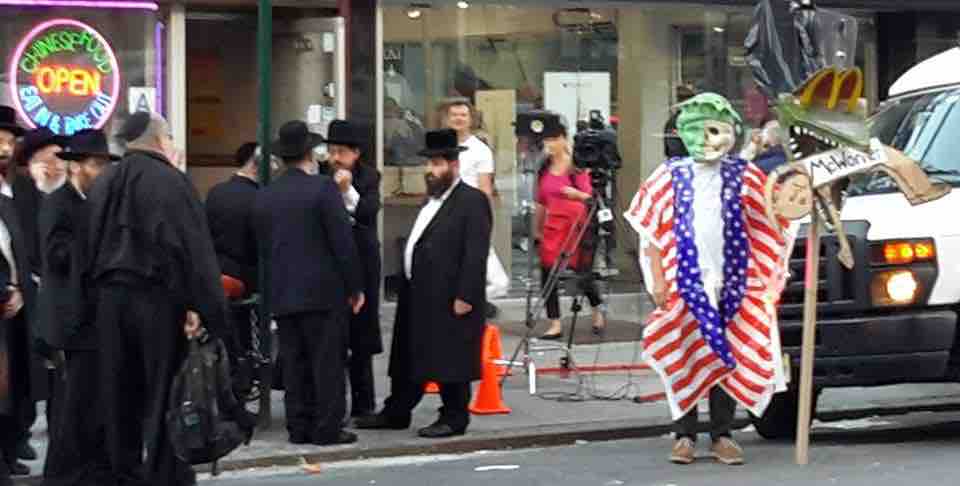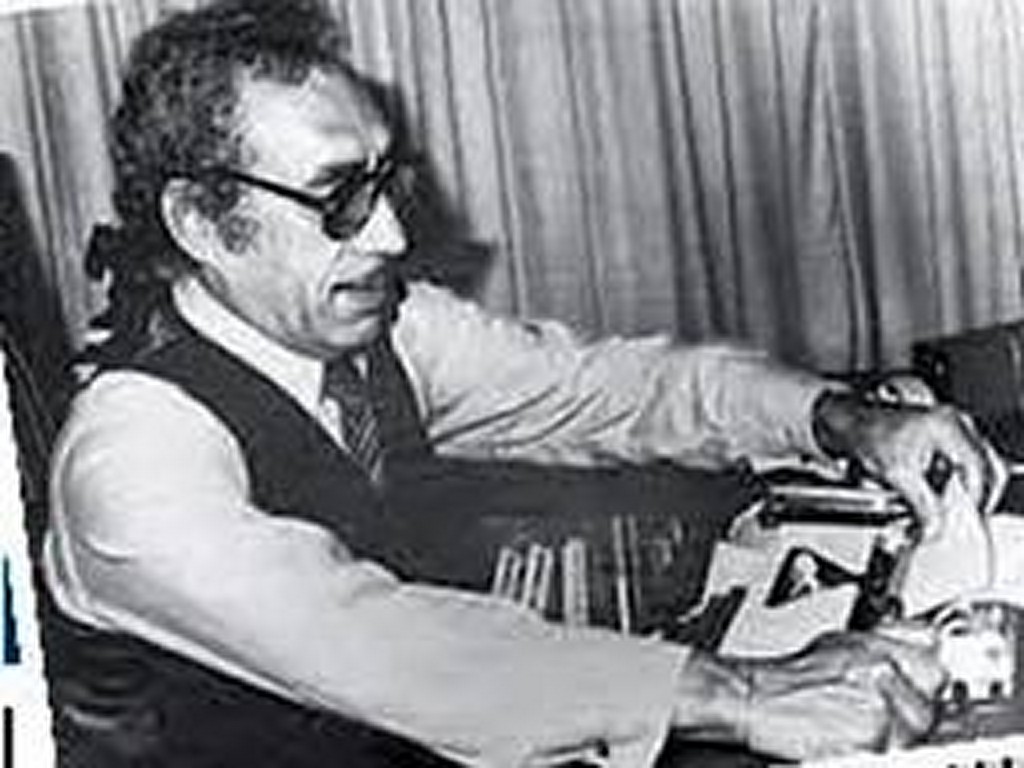Acteal Massacre Can Happen Again “Puede repetirse la masacre de Acteal” by Blanche Petrich (La Jornada)
Friday, December 1, 2017, p. 10 of La JornadaEnglish translation by Christine Eber:
Three weeks ago, the priest of Simojovel, Marcelo Pérez, began to walk the steep journey of at least four hours, which goes from his parish to the bordering communities between Chenalhó and Chalchihuitán, in the Highlands of Chiapas, to verify what the inhabitants of these sites denounced: attacks by paramilitary groups of the Institutional Revolutionary Party (PRI) and the Green Ecologist of Mexico (PVEM); blocked roads besieged populations; almost 6,000 displaced in extreme conditions of vulnerability; shootings every night, and dozens of houses burned by the aggressors.
He has returned several times: And everything is true. “When I saw the children sleeping under the trees, with nothing to eat, sick many of them, I did not believe it. I never thought I was going to see so much suffering again, so much illness,” he says in a telephone interview. Last Tuesday he returned and was in several places of Chalchihuitán collecting testimonies of more than 5,000 displaced people. Wednesday in Chenalhó, where there are almost a thousand who are in the forest.
This is the census that it raised: in the municipality of Chalchihuitán there are 5,035 displaced persons; from Majom’ pepentic more than 800; of the so-called Fracción Polhó (a non-Zapatista split of what were the camps of displaced people from the Zapatista National Liberation Army (EZLN) camps for the massacres that took place 20 years ago in Polhó) there are 150 inhabitants, among them six pregnant women; those in Las Limas are in the mountains, far from the villages, 205 families, more than 900 inhabitants, with 15 pregnant women. In addition, four families of Campo Los Toros, 30 inhabitants of Vayem Vacax, four families of Yabteclum left their homes.
On the other side of the dividing line, in the municipality of Chenalhó, a census of more than 960 displaced people was completed just Wednesday night.
Children and women are suffering from a lot of cold, hunger and disease. It is a repetition of what happened in these same places 20 years ago, days before the Acteal massacre. History has already warned us about what can happen here, he warns in a telephone interview. The massacre can be repeated.
A warning that does not make a dent in the government
In 1997, a dozen communities in Chenalhó were abandoned by their inhabitants since September because of attacks by PRI groups that, in the context of the counterinsurgency war against Zapatismo, attacked those who assumed Zapatista bases. In the freezing winter of the highlands, with the crops abandoned in the countryside, there were already thousands of displaced people who lived in the mountains, sick and destitute of everything. It was the warning of what would happen on December 22. It was ignored.
The Diocese of San Cristóbal de las Casas and the Fray Bartolomé de las Casas Human Rights Center have also warned: the Acteal events may happen again. The warning has not made a dent in the authorities.
The director of Frayba, as it is known to this non-governmental organization founded by Bishop Samuel Ruiz, maintains that the paramilitary groups that are acting today are the same ones that committed the massacre on December 22 and 23, 1997. It is the cyclical violence that generates impunity.
Father Marcelo agrees when he says: The displaced people point to them, they have recognized them. Many of today's aggressors, with heavy weapons as they did 20 years ago, are the same as Acteal. It is true that others do not; There is also a new generation of paramilitaries. But there is an aggravation today, he adds: "the narco-politics and arms trafficking, which in Chenalhó is intense and takes place under the complicit gaze of the authorities".
In 1997 and 1998, after the Acteal massacre and the wave of repression, militarization and displacement that took place, more than 30 paramilitaries were arrested. They started the process. The then governor of Chiapas, Roberto Albores, hired lawyers to defend them. Confessed several of them, in 2007 were sentenced to 26 years in prison. But between 2009 and 2011, defended by a team of private litigants, all were released by decision of the Supreme Court of Justice of the Nation (SCJN), which alleged errors in due process. Several of the alleged assassins returned to Chenalhó, to live with their victims and survivors.
On December 26, 1997, 15 children, 21 women, four of them pregnant and nine men were executed in Acteal. About 30 people were injured. Everyone was fasting and praying. They were unarmed.
Because of the terror, almost a third of the inhabitants of the municipality fled their homes and moved in organized camps or simply outdoors, in the middle of winter.
Today the scenes of 20 years ago are repeated in the same places. There are communities, such as Polhó and others, that repeat the exodus to which they were forced in 1997 and 1998. And in the same precarious conditions.
"The authorities of the state reacted late with the dispatch of humanitarian aid. At the moment only the parishes of the diocese and civil society are mobilizing food, medicine and blankets to the camps. And it's very complicated, "explains Father Marcelo.
Impunity, cyclical violence
Pedro Faro, director of Frayba denounced to this media that the state government has shown a total inability to resolve the conflict. "Among other things, Rosa Pérez, municipal president of Chenalhó, protected by the governor and imposed by fraud, pledged in front of representatives of the state government to order the lifting of the blockade of the three roads that keep the Chalchihuitán communities under siege, allow the Base of Mixed Operations to be reinstated, which was withdrawn as soon as the aggressions began. She did not comply. "
The old conflict between the settlers of Chalchihuitán and Chenalhó was revived after the assassination, still unpunished, of the Tsotsil man, Samuel Pérez Luna, on October 18, in a paramilitary attack. Pedro Faro explains: It was not the first case.
There is an omission by the authorities to resolve the boundary conflict that dates back to 1979, in which 900 hectares are disputed by an erroneous agrarian resolution of the then Secretariat of the Agrarian Reform. That is why the cycle of violence that leads to impunity. Every once in a while violence erupts. The governor has managed several agreements that have not been fulfilled, in negotiations that have not been equitable. There has been negligence and disability. In the next few days there must be a decision of an agrarian court that will decide whether Chenalhó should accept 15 million pesos of compensation in exchange for the allocation of the lands to Chalchihuitán. That may be why the paramilitaries were reactivated; as a form of pressure.
The parish priest Marcelo Pérez adds the other ingredient of this time bomb: "The narco-politics in this area of Los Altos. Nobody wants to talk about it, nobody dares to denounce them. But they are known. "
After saying that in Chalchuitán there are 5,035 displaced people she gives numbers for communities that are not in Chalchuitán,but in the township of Chenalhó - Majom’ pepentic, Fracción Polhó, Las Limas, Campo Los Torros, Vayem Vacax and Yabetclum. Perhaps you can add a note of clarification?





